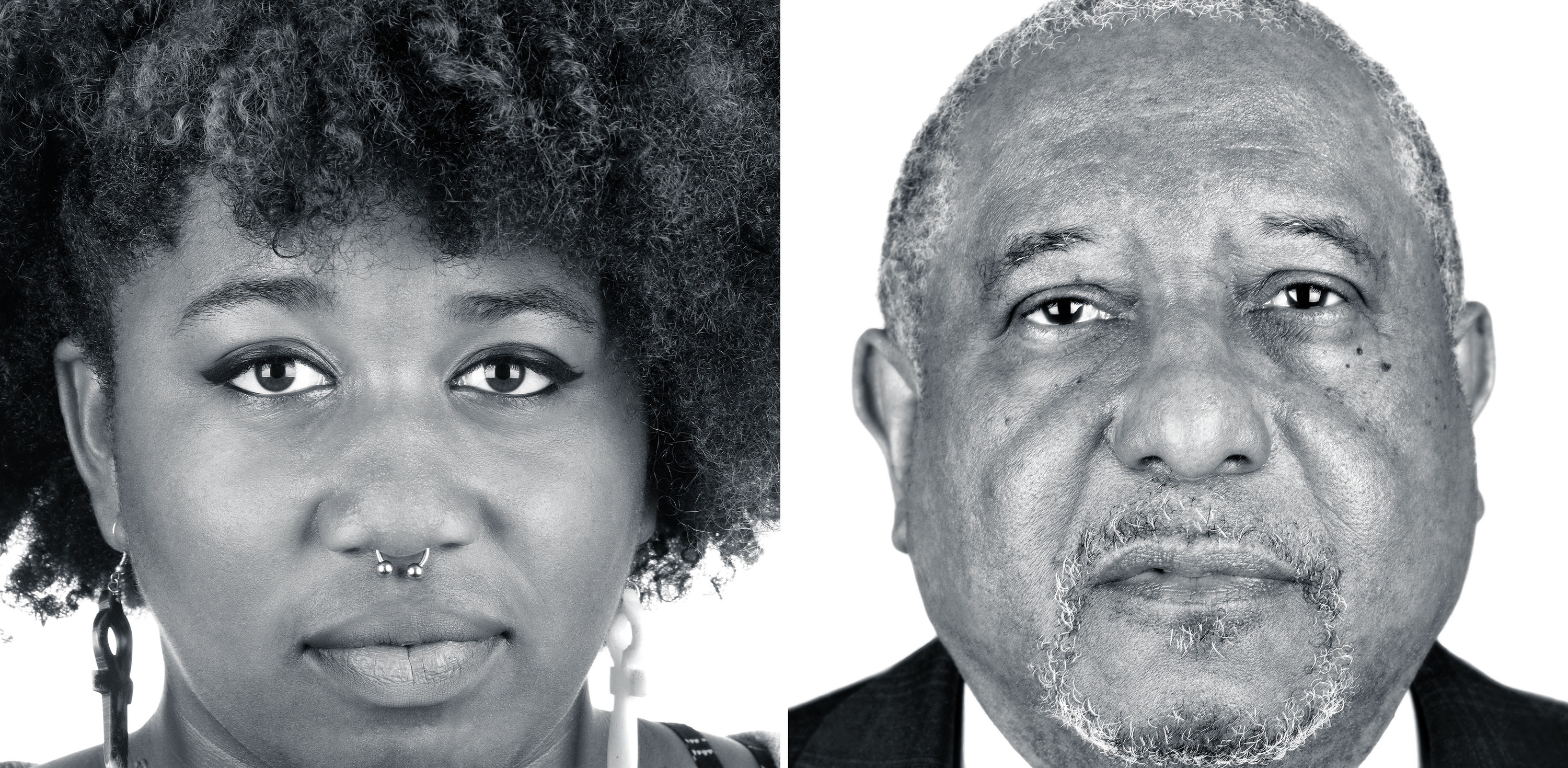
Raquel Willis and Taliba Obuya
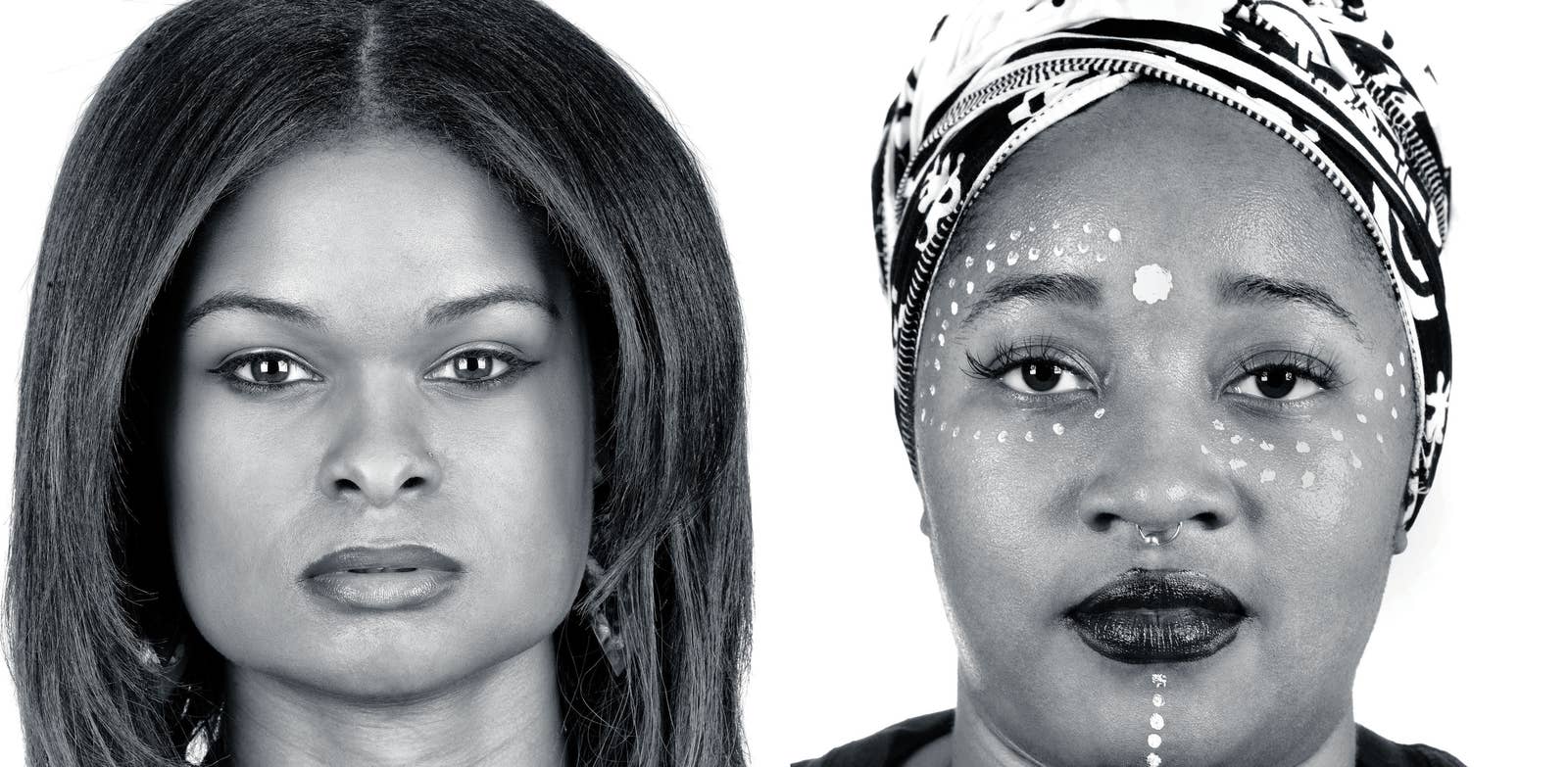
The work by Atlanta-based photographer Sheila Pree Bright could not be more relevant today. Her book #1960Now: Photographs of Civil Rights Activists and Black Lives Matter Protests examines the parallels and differences between the civil rights movement in the 1960s and the ongoing protests for racial equality and justice, thoughtfully pairing images of young activists with the founders of movements from half a century earlier, while also capturing the energy of the early years of the Black Lives Matter protests in reportage.
Bright's images are not limited to the pages of books, however. One of her recent projects has involved creating murals in Atlanta that reflect on the role and burden of Black women who become activists after losing their children to brutality. BuzzFeed News spoke with Bright about her work and what she sees in the current protests.
HOW DID YOU GET STARTED?
I'm a daughter of a soldier. My parents travel the world, and in my earlier years, I live in Germany. My first experience [being] confronted with racism is when I was called a nigger by my peers who didn't look like me. I realized then I was different because of my Blackness. This experience had a tremendous impact on me as a child and a significant influence as a creative. As a photographic artist, I am interested in the lives of people and that are often unseen. My objective is to capture images that allow us to experience those who are unheard as they contemplate or voice their reactions to ideas and issues shaping their world in real time. My work captures and presents aspects of our culture, and sometimes counterculture, that challenges the typical narratives of Western thought and power structures.
#1960Now is a series of works I created after frustration around the country over the George Zimmerman verdict of Trayvon Martin and murder of Mike Brown Jr. I hit the ground and began to document the shaping of a movement as a result of no-mercy policing and shootings of unarmed Black bodies around the country.
As an Atlanta-based artist, living in the home of the civil rights movement, which is the core foundation of my research of the work, I met the cofounder of the Atlanta Student Movement. I learned so much about the movement from Mr. King that's not in our history books. My parents didn't talk to my sibling and me about the Civil Rights Movement. I was so excited about what I had learned from Mr. King I asked my mother why she didn't talk to us about the movement. She said because "I didn't want you to hate white people." The South is a fascinating place. Being born in the South but not being raised in the South and coming to the South as an adult piqued my curiosity about how current and past histories intersect. Also, what was left out of history books and why.
Lonnie King
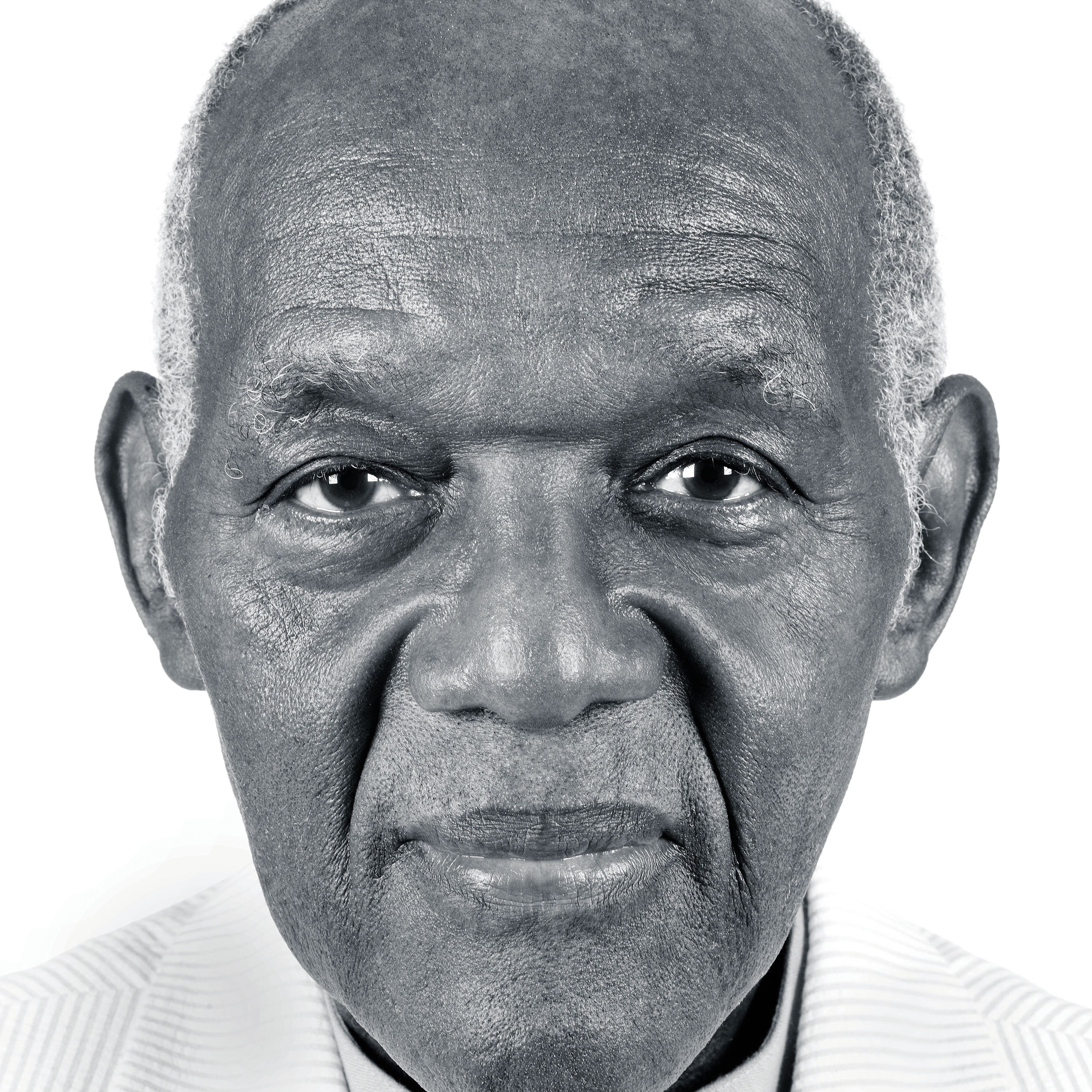
Mr. King said when we took down the signs, he said racism didn't go anywhere. He said, "We thought we had it made. We were on cruise control. We fail your generation because we didn't talk to our children about our experience because we were hurt, we had acid thrown on us, we wanted to protect you, so we didn't talk about the movement."
I thought what he said was so profound because he started the Atlanta Student Movement as a young man at the age of 23. Mr. King passed last year, and these are the last words he spoke to me, "It took imagination, creativity, and suffering by African Americans in order for them to be marginally under the ‘umbrella of freedom.’ Almost 60 years later, we find ourselves as a people having to confront intense racism and discrimination in almost the same virulent form as was faced in the 1960s and before our nonviolent revolution."
#1960Now examines race, gender, and generational divides to raise awareness of millennial perspectives on civil and human rights.
WAS THE REACTION DIFFERENT BETWEEN GENERATIONS?
I've documented the tensions, conflicts, and responses between communities and police departments that have resulted from police shootings in Atlanta, Ferguson, Baltimore, and Washington, DC. I've observed young social activists taking a stand against continued injustice that closely resembles that which their parents and grandparents endured during the era of Jim Crow which inspired the #1960Now series.
Today, the Black Lives movement visionaries expressed this is not a Martin Luther King movement, a Malcolm X movement, and it's not about one leader; it's a new movement. Young people are using their creativity and imagination under the "umbrella of freedom" using social media platforms to get their message out throughout the world.
Dr. Rosalyn Pope and Bree Newsome
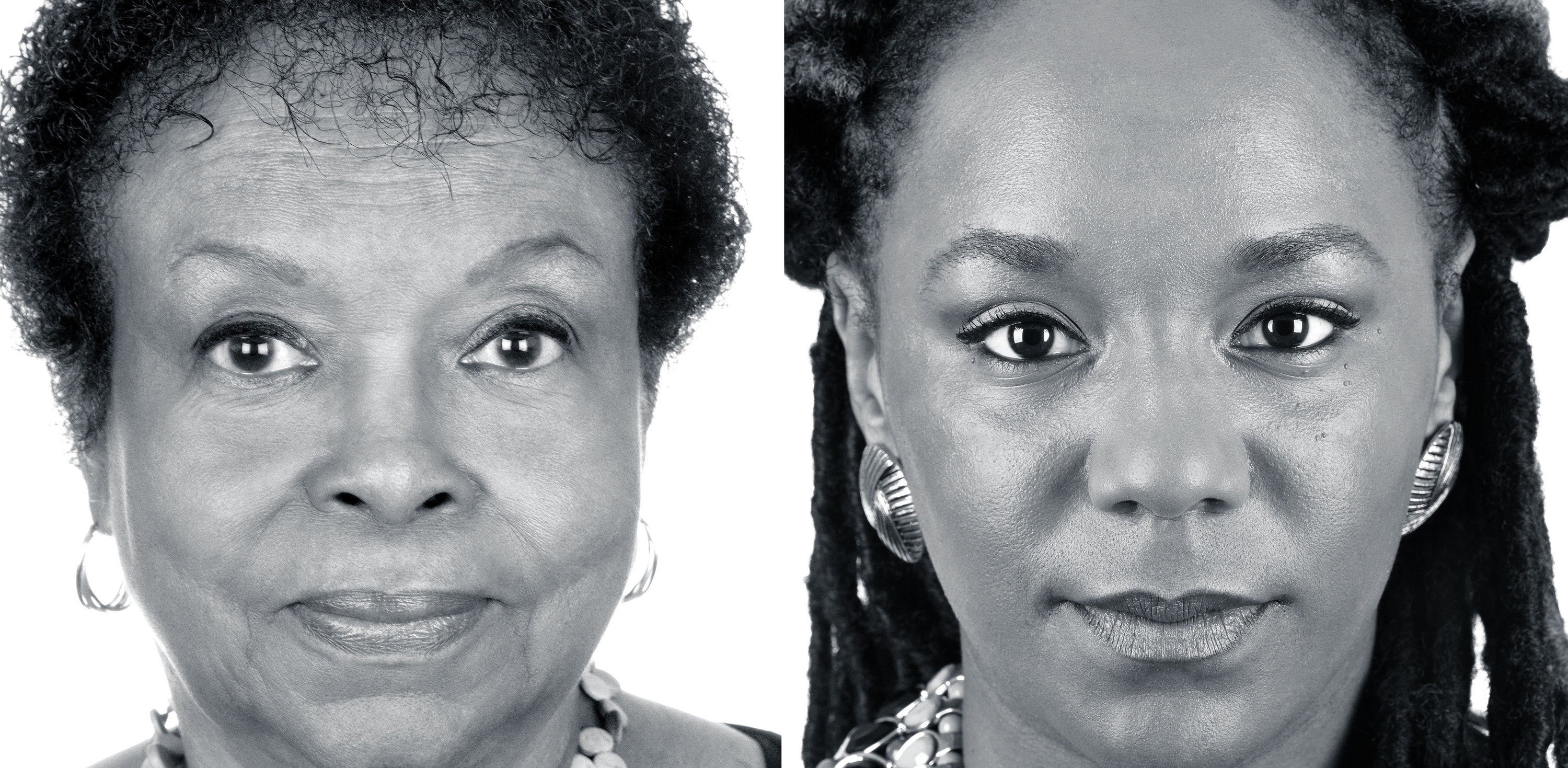
HOW HAS THIS MOVEMENT CHANGED?
Currently, the horrific tragedy that happened to George Floyd, I think is the turning point. The world saw a modern-day lynching. This is generational trauma that's been going on with African Americans since our ancestor was brought over to this country and treated like animals. Enough is enough.
People around the world are protesting under the umbrella of Black Lives Matter, and it's going to take people to have the strength to change and courage to change.
CAN YOU TALK ABOUT THE MURALS AND THE MOTHERS?
The mother project was inspired by a photograph taken by the iconic photographer Richard Avedon in 1963 in Atlanta, Georgia. Avedon photograph Julian Bond, a social activist and leader in the civil rights movement, in Vine City with his daughter Phyllis Bond. Included in the image are the SNNC Students (Student Nonviolent Coordinating Committee).
These mothers are bearing the burden of losing their children to police brutality across the nation. They are now leaders and activists fighting for social justice to bring about accountability and policy reform.
The fight for equality continues, from 1960 to now in the African American community. So I created the same image of the mothers in the neighborhood of Vine City as Richard Avedon in 1963, in which both images are represented on the wall.
The Mothers
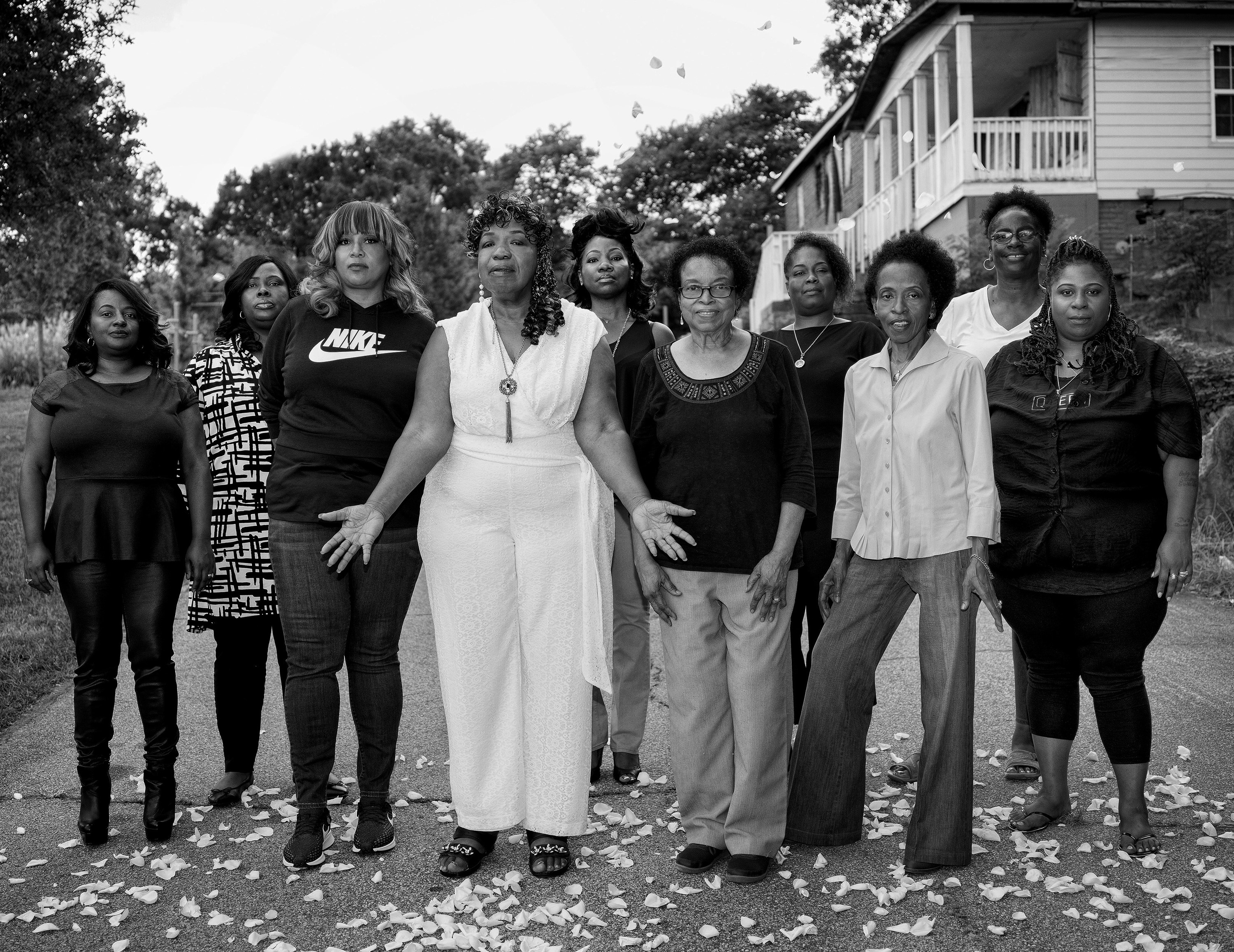
I want to humanize the way these mothers are viewed, represented, and conceptualized in the media by showing their joy, resilience, and determination by giving them a voice from the perspective of a mother. Dr. Roslyn Pope, a member of the Atlanta Student Movement in the ‘60s who authored the “Appeal for Human Rights,” was represented alongside the mothers.
Hopefully, this will be the first step in bringing mothers and policymakers together to bring about real change.
WHAT DO YOU HOPE THAT PEOPLE SEE IN THIS WORK?
While on the ground, I saw the pain, hurt, and LOVE, when our society speaks of love, I always say there is no LOVE if you can't see the beauty and justice.
Mickey Bradford and Hank Thomas

Kwame Rose
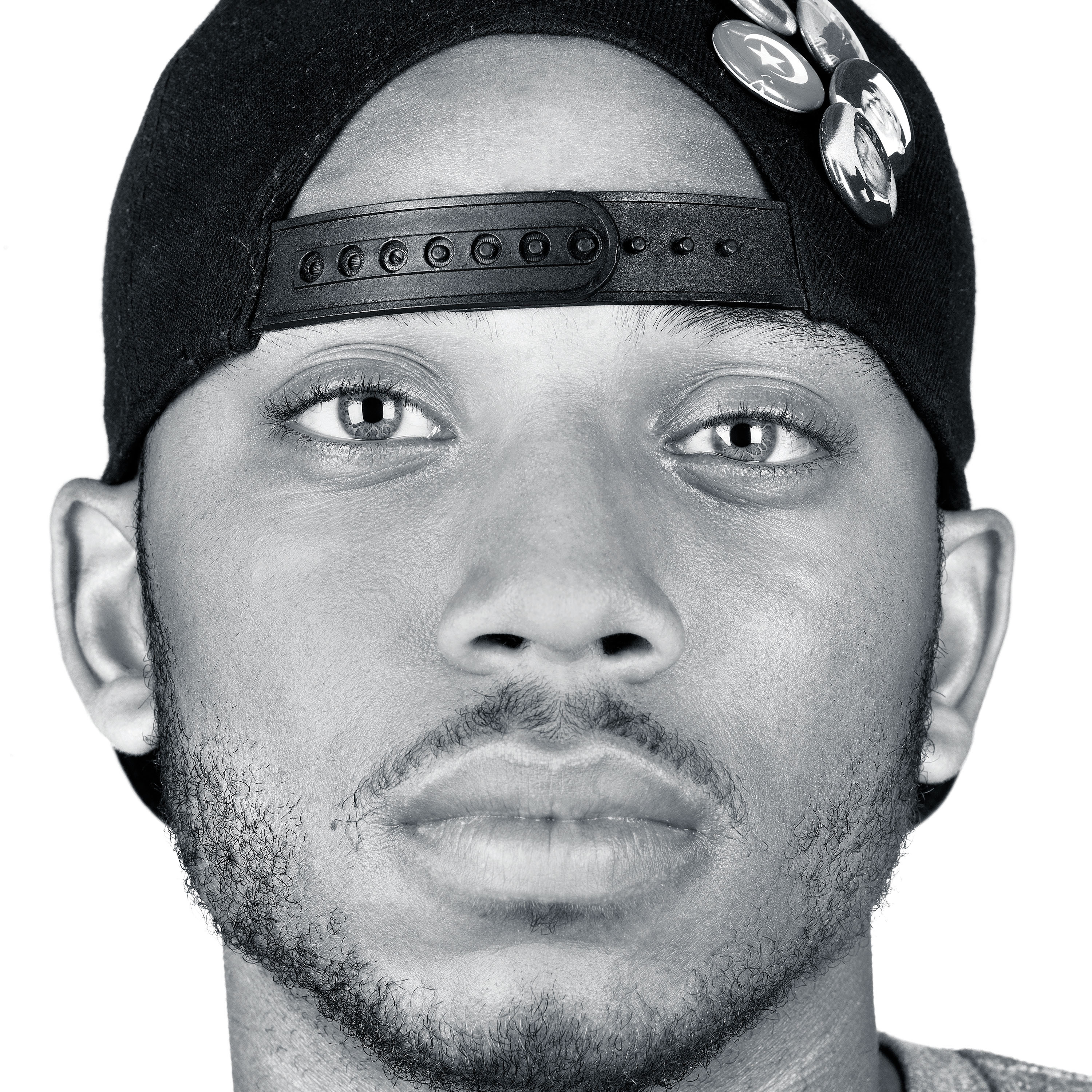
Aurielle Marie and Dr. Bernard Lafayette Jr.
